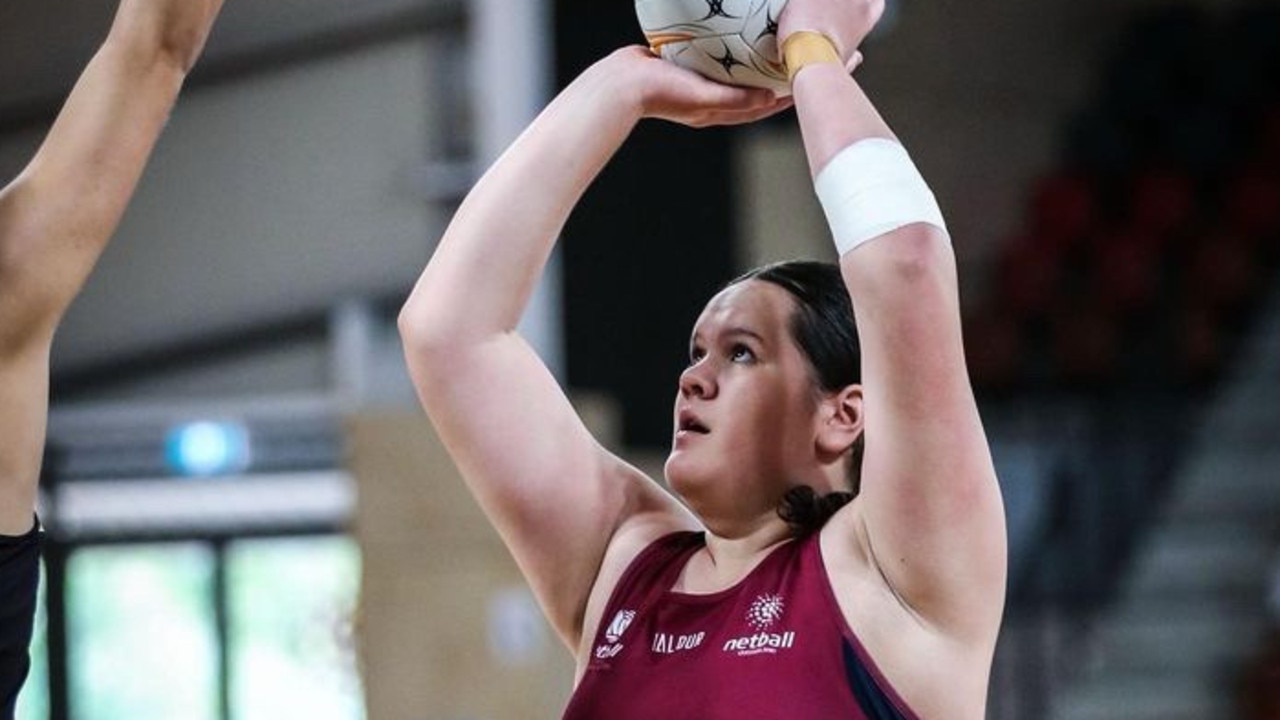Canterbury-Bankstown demerger: Council says rates would rise as part of proposed demerger
Ratepayers could be slugged with up to $481 a year if a proposal to demerge Sydney’s biggest council goes ahead, but one councillor is casting doubt on the modelling used.
The Express
Don't miss out on the headlines from The Express. Followed categories will be added to My News.
The full cost of a proposal to demerge Canterbury-Bankstown Council has been revealed, with a draft business case revealing ratepayers could be slugged an extra $170 per year if the council was split in two.
The business case — based on financial modelling by Morrison Low — claims the minimum upfront costs of unwinding the forced amalgamation of the former Canterbury and Bankstown Councils would tally $66.2m.
The figures include $24m to reinstate Canterbury Council, $29.2m for Bankstown Council and a further $13m to ‘renew’ the 59-year-old former council chambers in Campsie,
Ratepayers in Canterbury would face an average $175 yearly increase in rates, while Bankstown residents would be slugged an extra $166 per year in rates, according to the modelling.
In a worst-case scenario, residents in the Canterbury suburb of Ashbury would be hit with $418 in additional rates per year.
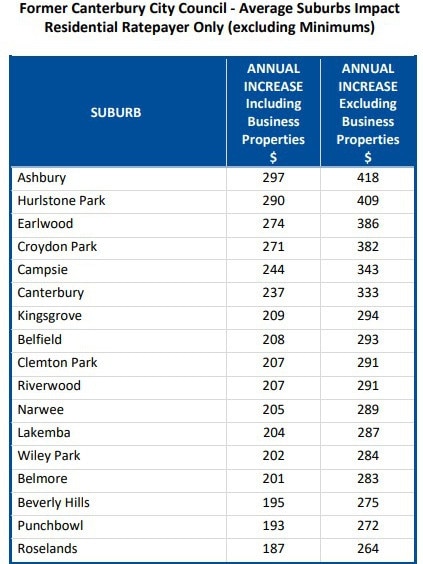
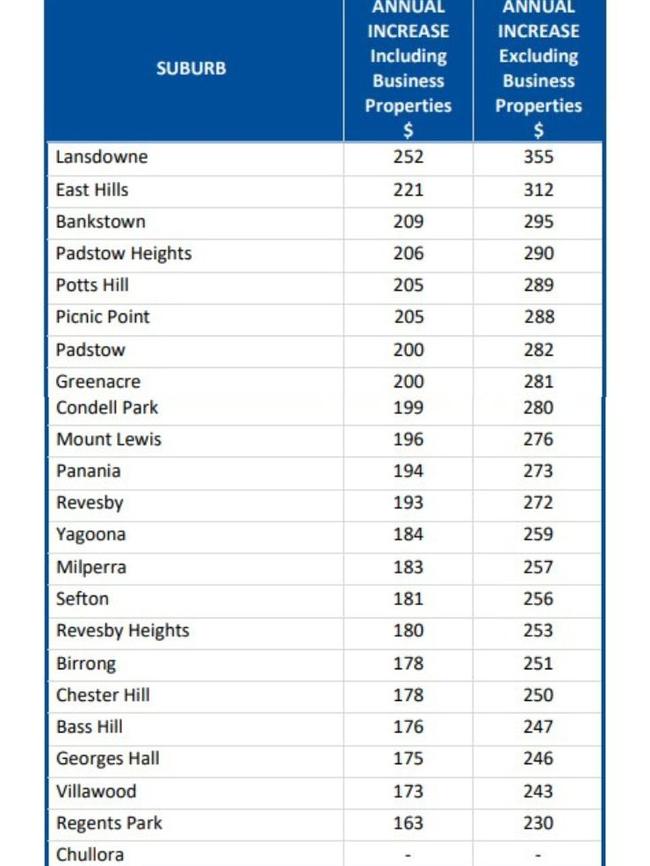
Community consultation for the demerger would cost between $282k - $702k according to council modelling.
The council has called for the NSW Government to cover the upfront costs of a demerger — which it is required to do by legislation — as well as annual yearly costs.
Some $25m was spent to merge the two councils despite opposition from councillors and residents, according to Canterbury-Bankstown Council, with the NSW Government only providing $15m. The rest came from ratepayers.
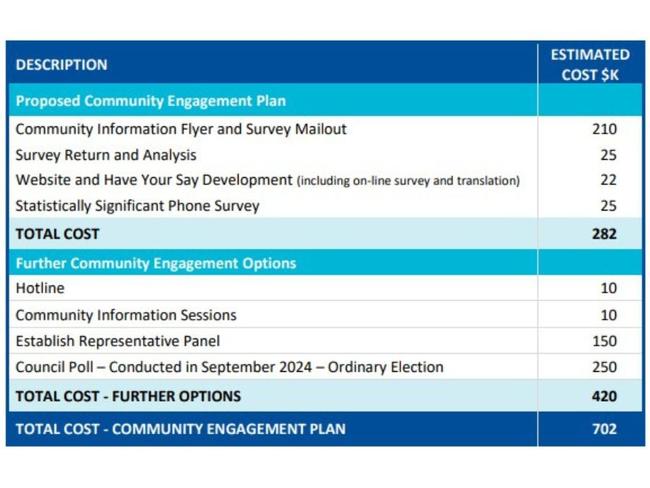
More than 35,000 street name signs needed to be replaced after the merger, and 3,000 still have the old council names.
Canterbury and Bankstown were both run well financially, according to the business case, with some of the lowest cost-per-capita and employee-per-population ratios in the metropolitan councils, and were already achieving cost savings before the merger.
The business case for the demerger points out how unpopular the original merge was, including 77% of Bankstown survey respondents saying they didn’t want to merge in 2015.
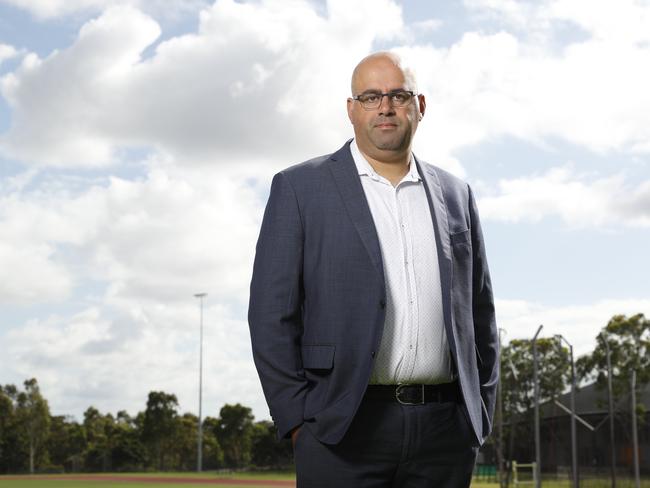
The business case also notes the lack of any proof for long-term savings in amalgamated councils, citing recent research on 17 years of local government data in Queensland.
While short and medium term savings were made in the sunshine state, there was no evidence of long term savings.
Beyond the financial figures, a sense of disunity is acknowledged in the business case, where ‘resentment, mistrust, and anger lingers’ in the community, after their pleas not to merge were ignored.
“Right or wrong, both sides of the city feel like they are “paying” for the other – either through rate increases or through a history of neglect by former councils - and that their realities have been tarnished as a result of being connected to the other,” the business case states.
One resident’s submission notes the 32km distance between Canterbury and Villawood.
“Our roads are not the same, our parks are not the same and our businesses are not the same,” they said.
Another said, “The amalgamation has resulted in the Frankensteincouncil”.
From the 15 councillors in Canterbury-Bankstown, Morrison Low spoke to nine, all of which are Labor party members.
The only councillors not consulted were Charbel Abouraad (Lib), Jessie Nguyen (Lib), Charlie Ishac (Lib). Barbara Coorey (Ind), George Zakhia (Lib), and Sazeda Akter (Lib).
Canterbury ward councillor Barbara Coorey has been agitating for a demerger, having been elected on that platform in 2021, and maintains Mayor Khal Asfour is creating political obstacles to slow down the demerger.
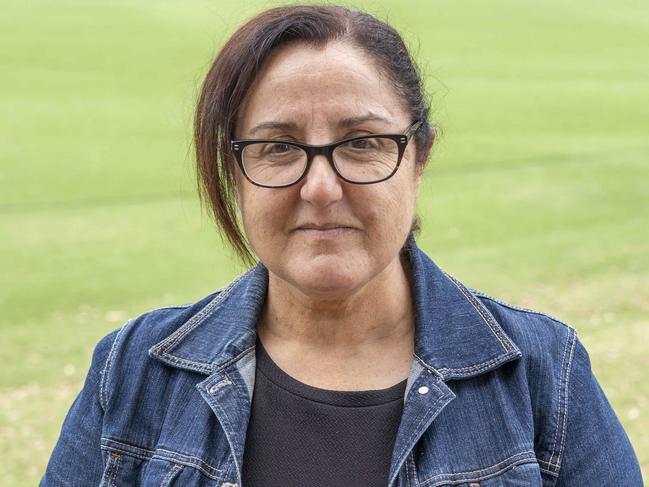
She insisted the demerger business case is flawed in its modelling, and points out there have been rate increases of 36 per cent for residents in Canterbury since the merger.
“We haven’t even been able to meet with the consultants. I want to know who met with them and who prepared the terms of reference,” Cr Coorey said.
“This council is so secretive it makes Gladys’ cabinet in confidence pale in significance. I can’t look at files. I asked to see the terms of reference and wasn’t given the opportunity.”
Cr Coorey draws parallels with the Inner-West demerger process, run by Labor Mayor Darcy Byrnes, pointing out both used the same consultants.
Independent Inner West Councillor John Stamolis made similar complaints on the methodology for that report.
The business case was put forward at a council meeting last week.
The next steps in the process include undertaking a phone survey of residents to identify ratepayers sentiments towards a de-amalgamation and their willingness to pay for the ongoing costs if a de-amalgamation were to proceed.





